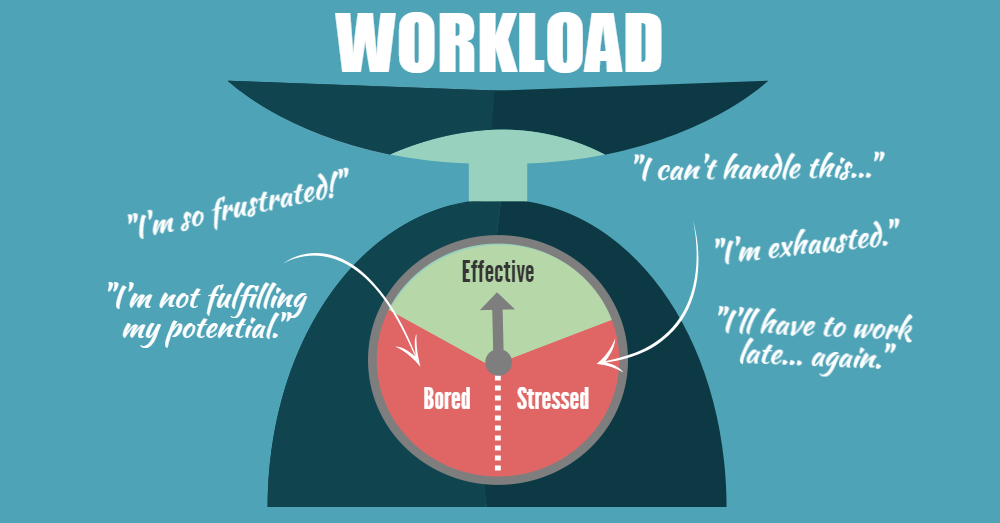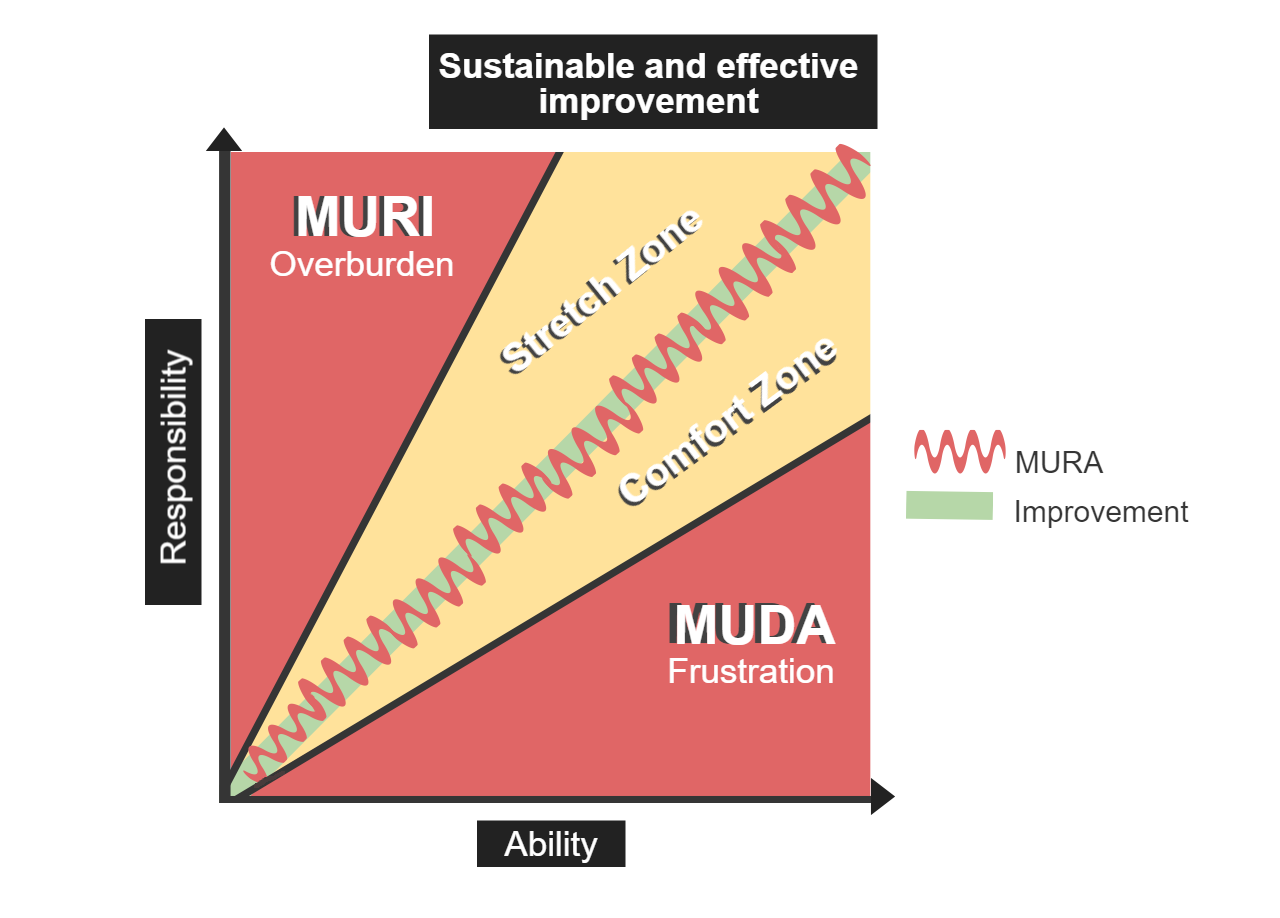- Sophie Main
- November 21st, 2016
Many of us want to improve in some way or another, particularly when it comes to our careers. And whether this improvement is to become better at what we do, achieve a promotion or move onto a new venture altogether, to achieve this, we all accept that we must stretch ourselves. In fact, it seems that there is even a growing culture in which demonstrating just how far we can push ourselves comes with a certain sense of pride…
Just consider how many times you have been caught up in a competitive conversation comparing unbearable workloads or overheard colleagues bragging about how ridiculously late it was when they finally left the office.
However, what these people fail to understand is that to successfully improve we must also recognise and respect our limitations. (Plus, as we’ve said before, there is a big difference between being busy and being productive!)
And we all have limits; if we push ourselves too far, we become strained and overstressed, which makes it almost impossible to reach our goals (at least, not sustainably). Equally, if we play it too safe and sit in our comfort zone, we will become bored, unsatisfied and, ultimately, never improve.
The importance of identifying our limits
For individuals to improve, they must first identify their limits. These limits can be found by defining our comfort zone in which we feel confident in our ability, and our stretch zone in which we feel stimulated and challenged. Anything below our comfort zone and we will feel frustrated. Anything above our stretch zone and we are well out of our depth. Once these zones have been defined and our limits established, we can then work to gradually increase them, enabling us to eventually improve.
To understand how we can effectively increase our limits, Lean practitioners consider the three categories, MUDA, MURI and MURA:
Regular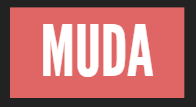
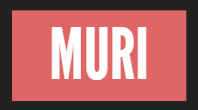
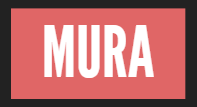
Leadership and limits
Recognising our own limits and managing the appropriate levels of MURA within these boundaries can be tricky. Even once we have defined them, we are often either too scared to stretch ourselves beyond our comfort zone or too eager to prematurely expand our stretch zone.
It is for this reason that leadership is so essential to development. An effective leader should be able to identify these zones and know when to provide the opportunities for people to grow beyond them.
However, for all those not fortunate enough to have an effective leader, you must take matters into your own hands…
If you feel as though you are suffering from the negative consequences of MURI, then force yourself to return to an acceptable limit. If you feel as though your employer is not recognising your potential, then you tackle this MUDA by investing in yourself; this may mean moving on with your career or taking career-enhancing training.
These options may seem scary when not under the guidance of a leader, but it is far less frightening than the consequences of staying stagnant or pushing yourself past breaking point. What’s more, you will often find that quality training providers will offer support so that you are never really alone on your development journey.

